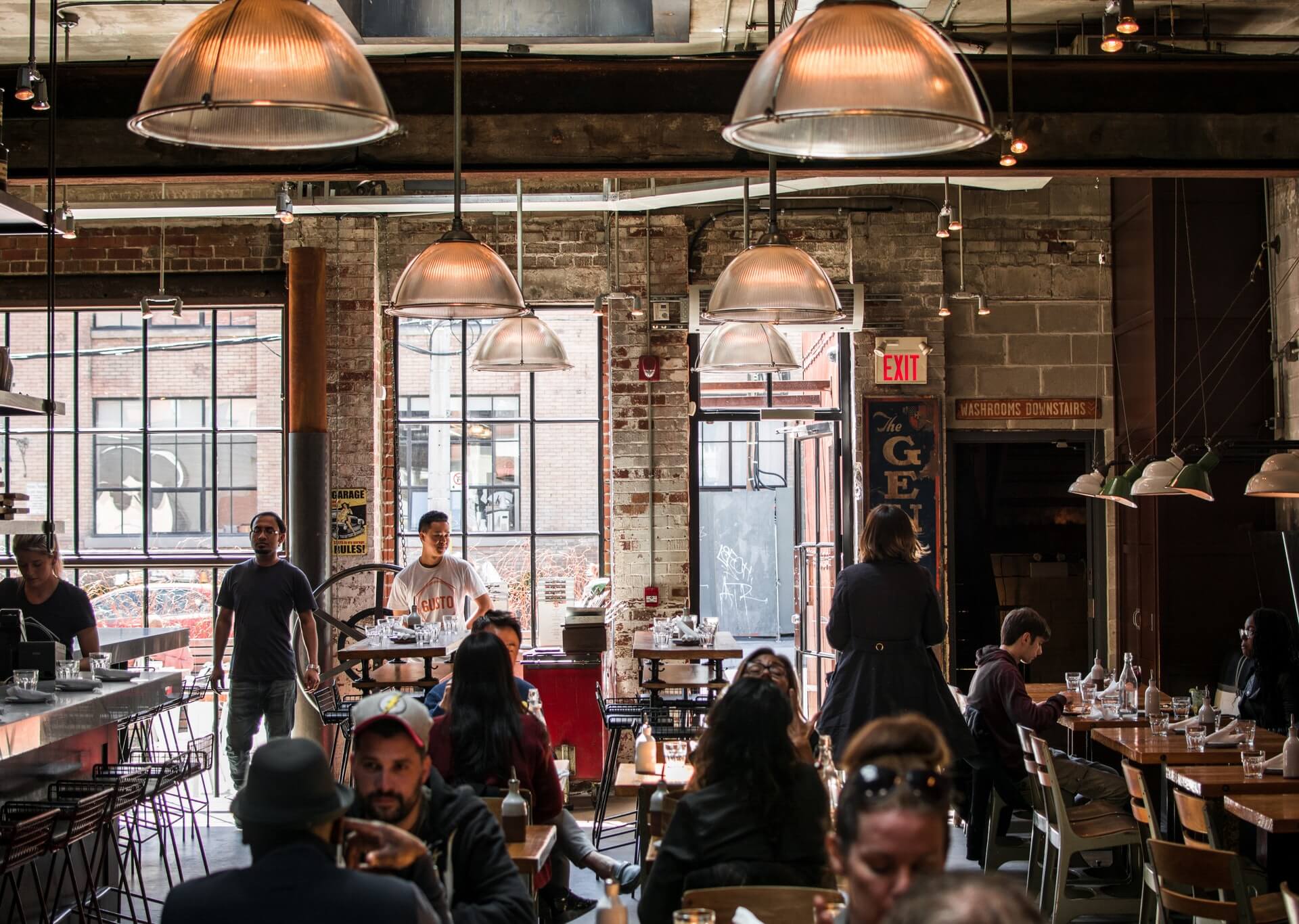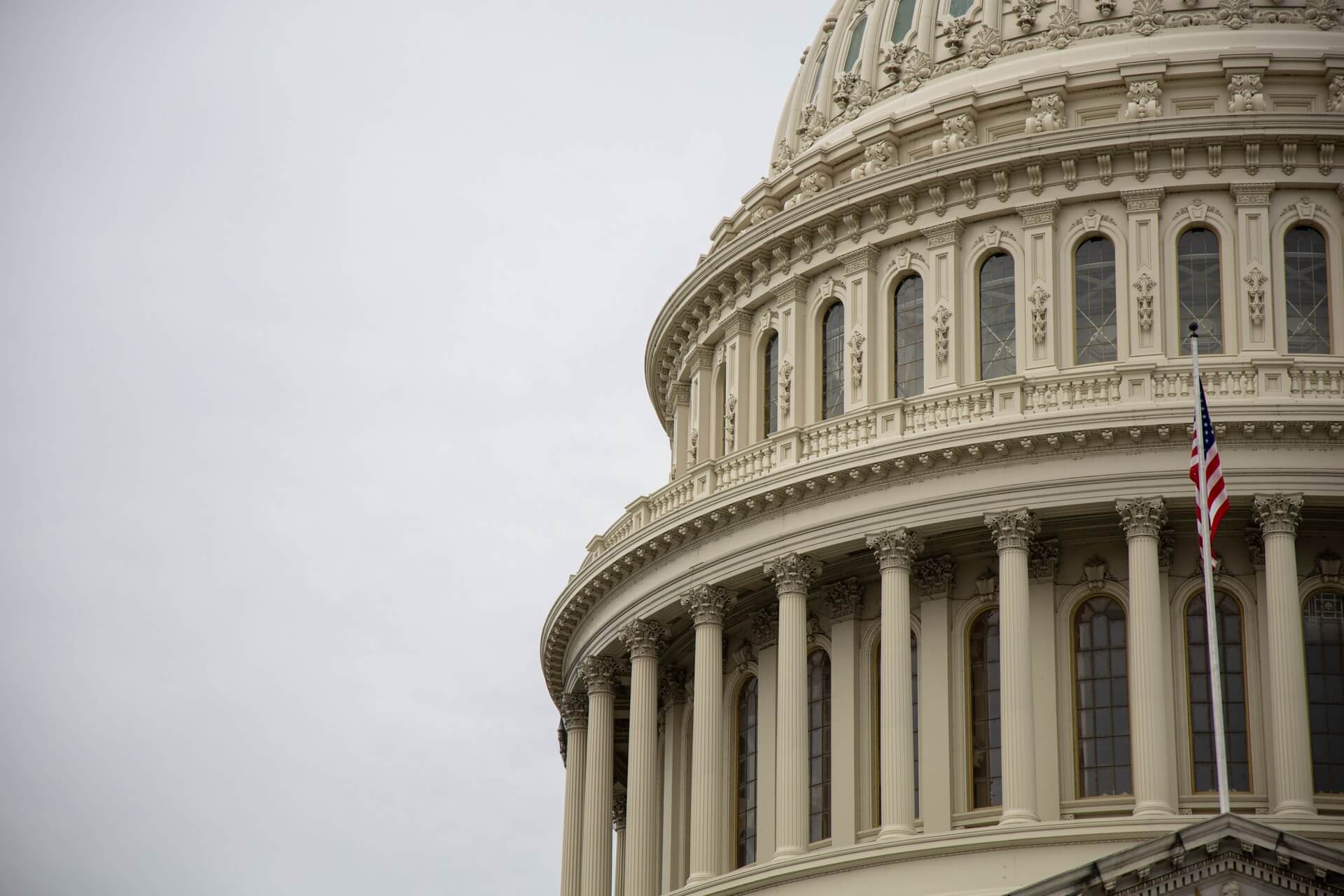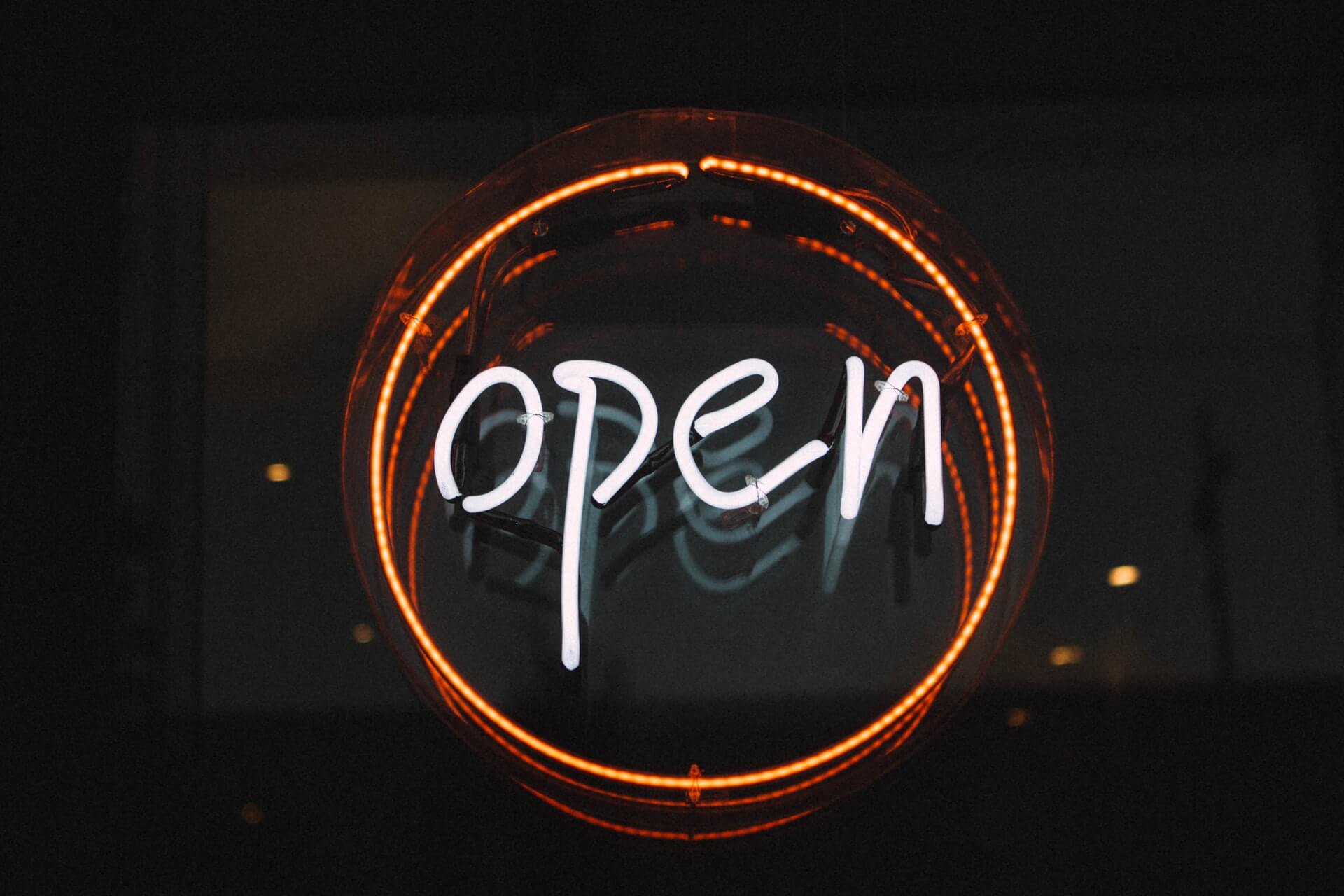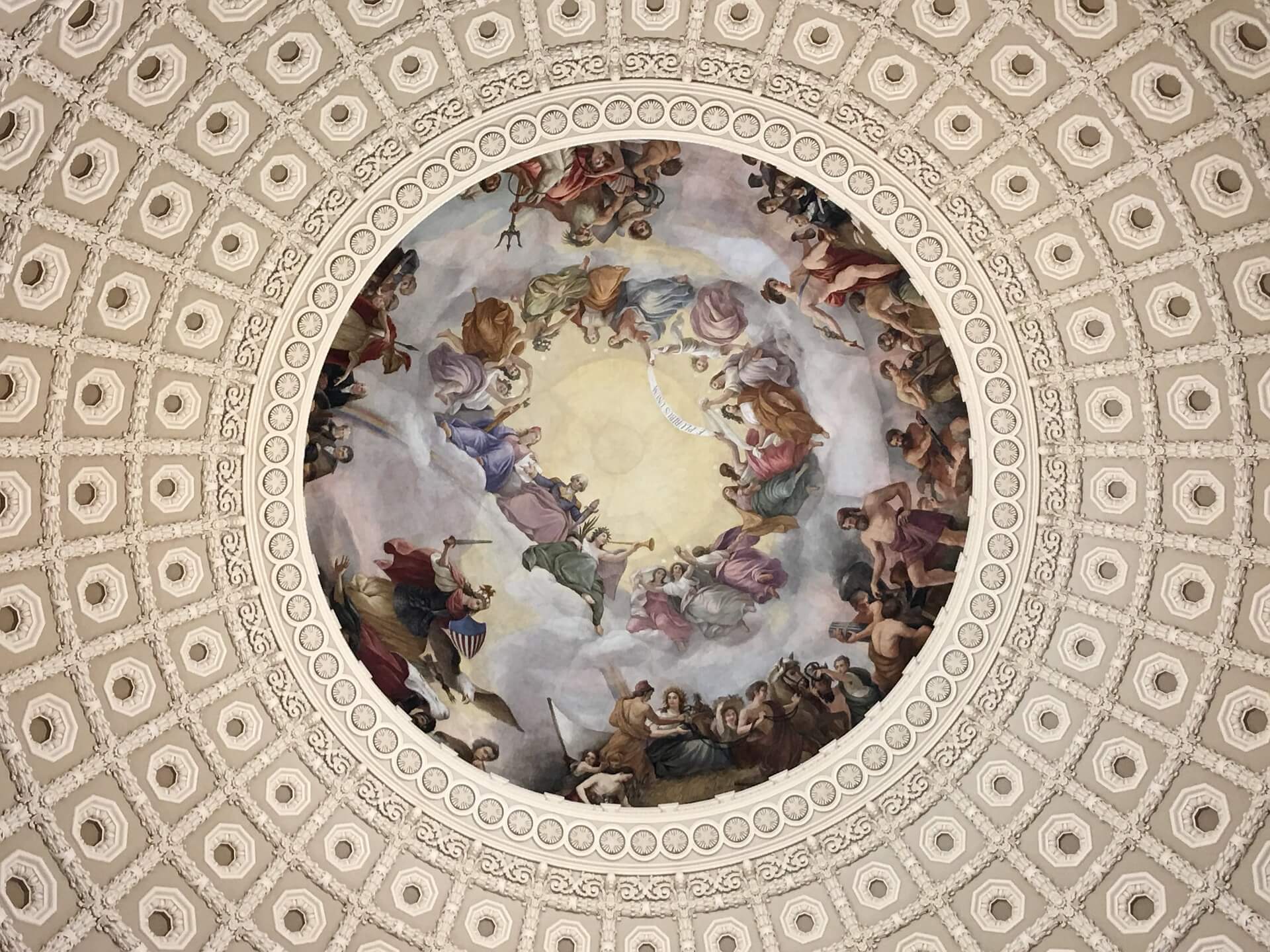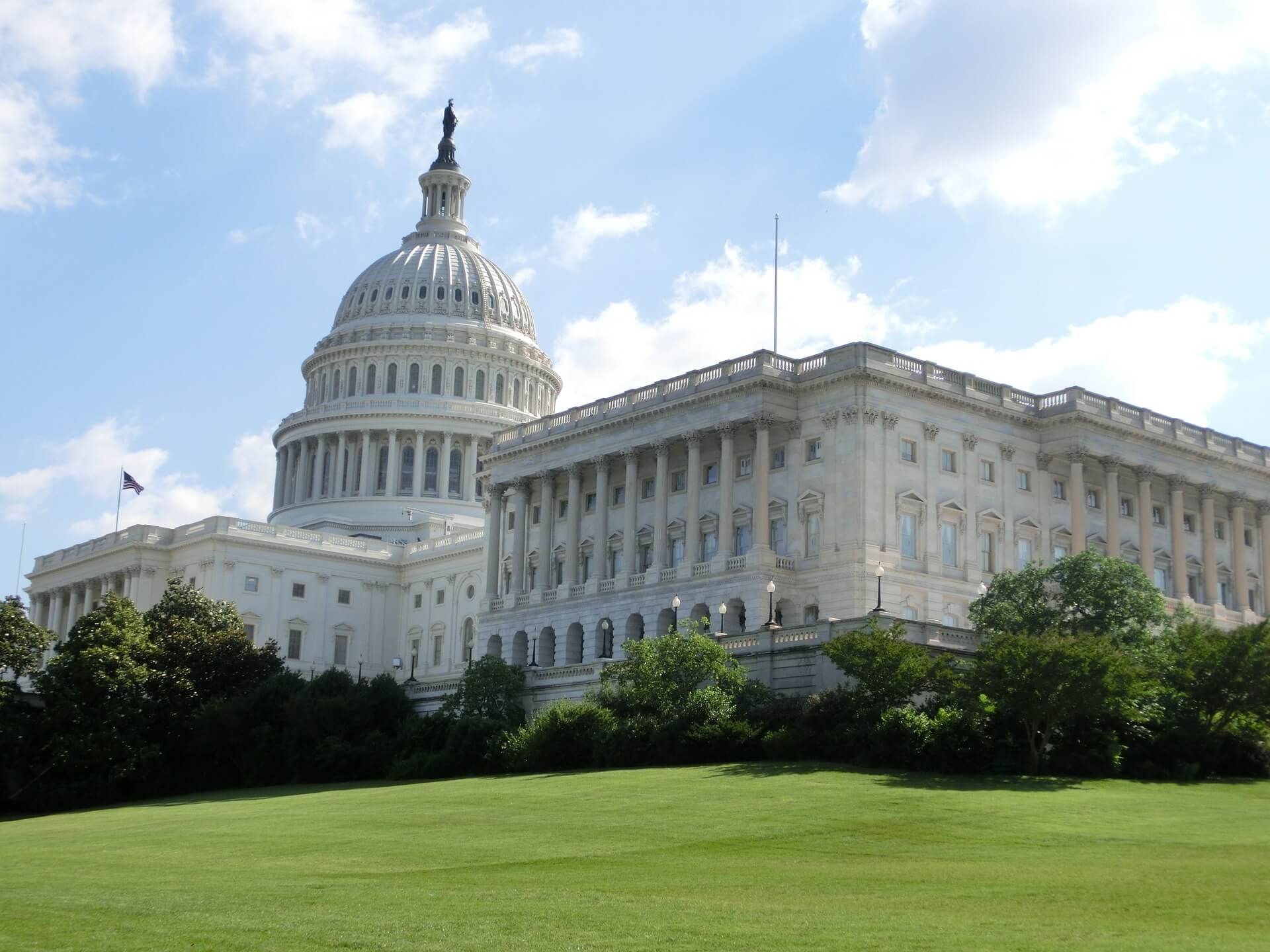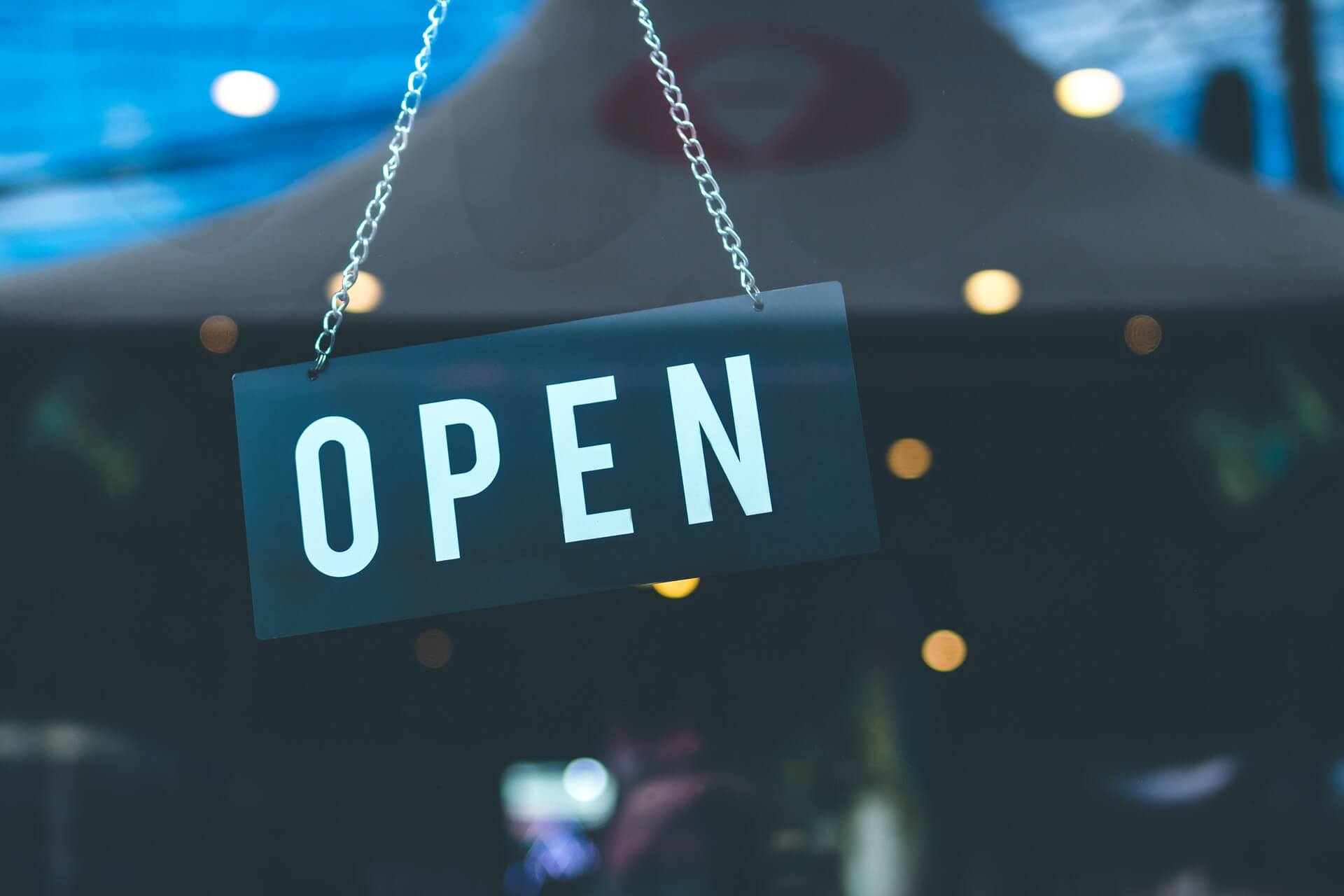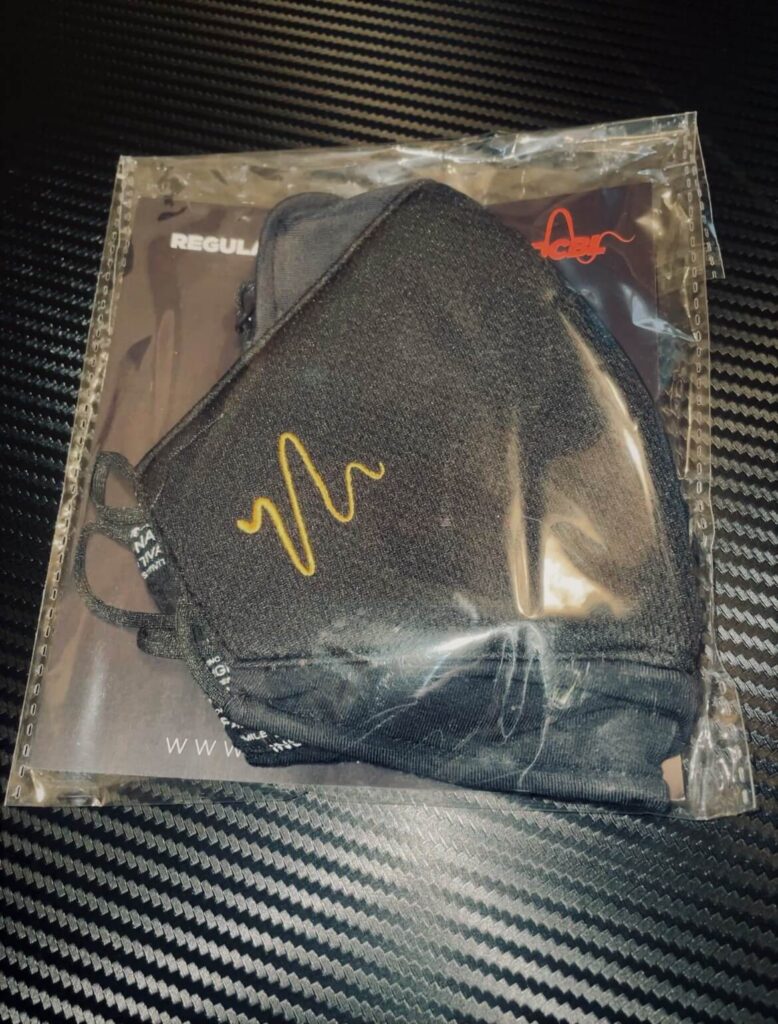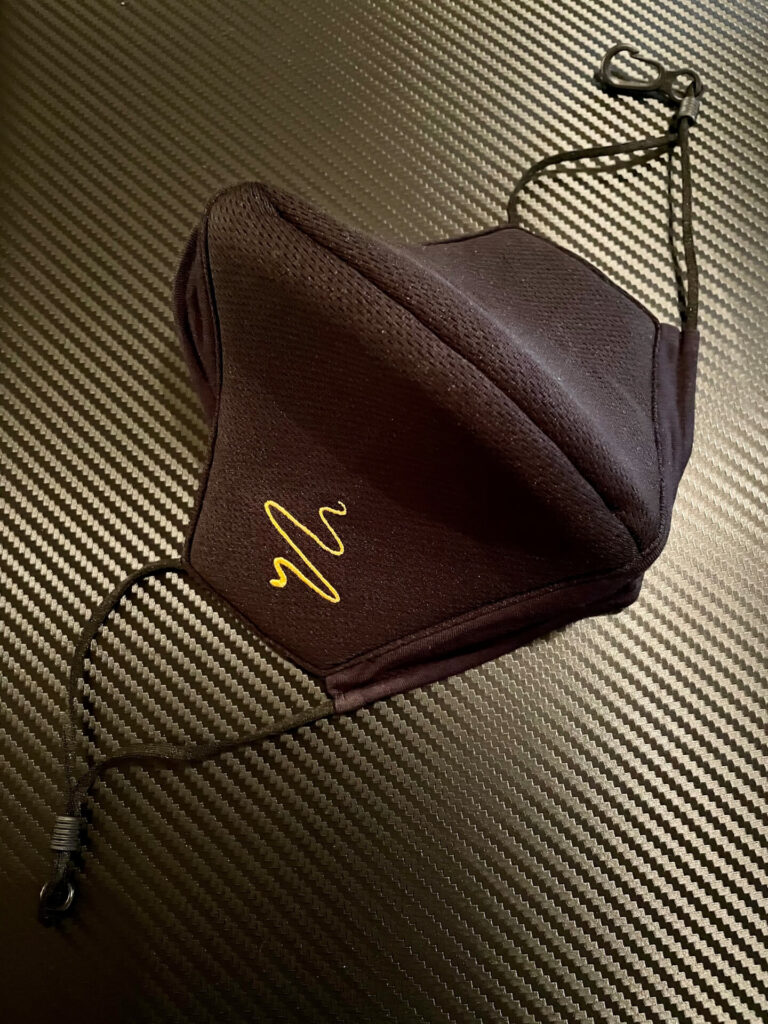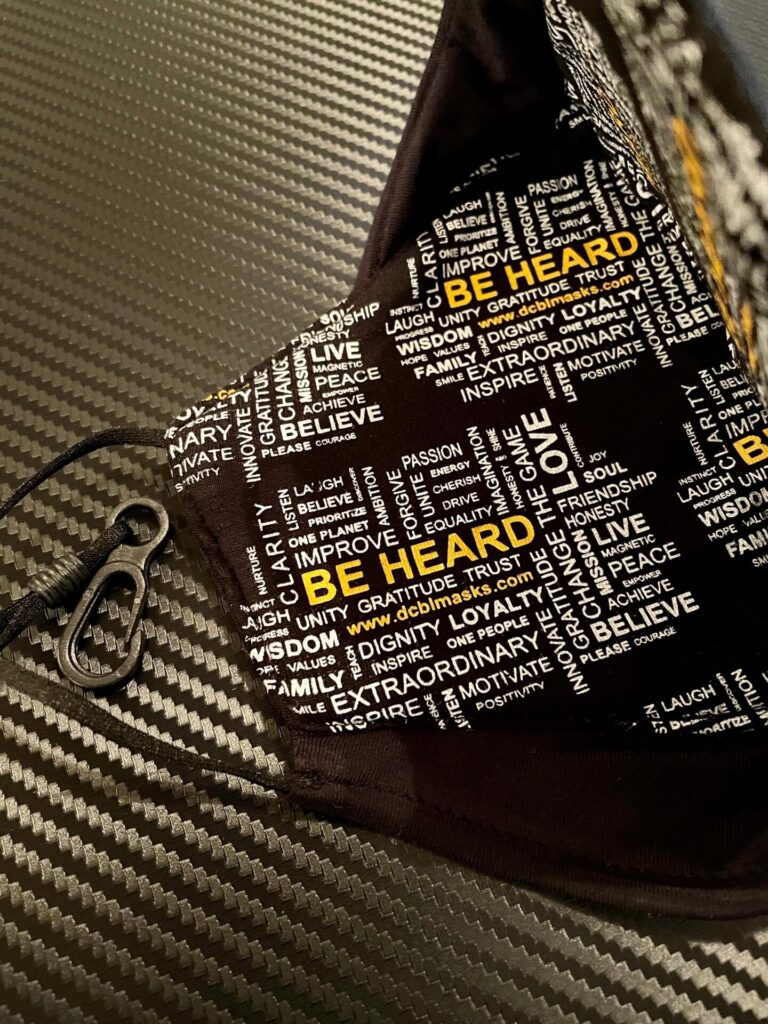Meet Customers Where They Are, Part 2
by David Klemt
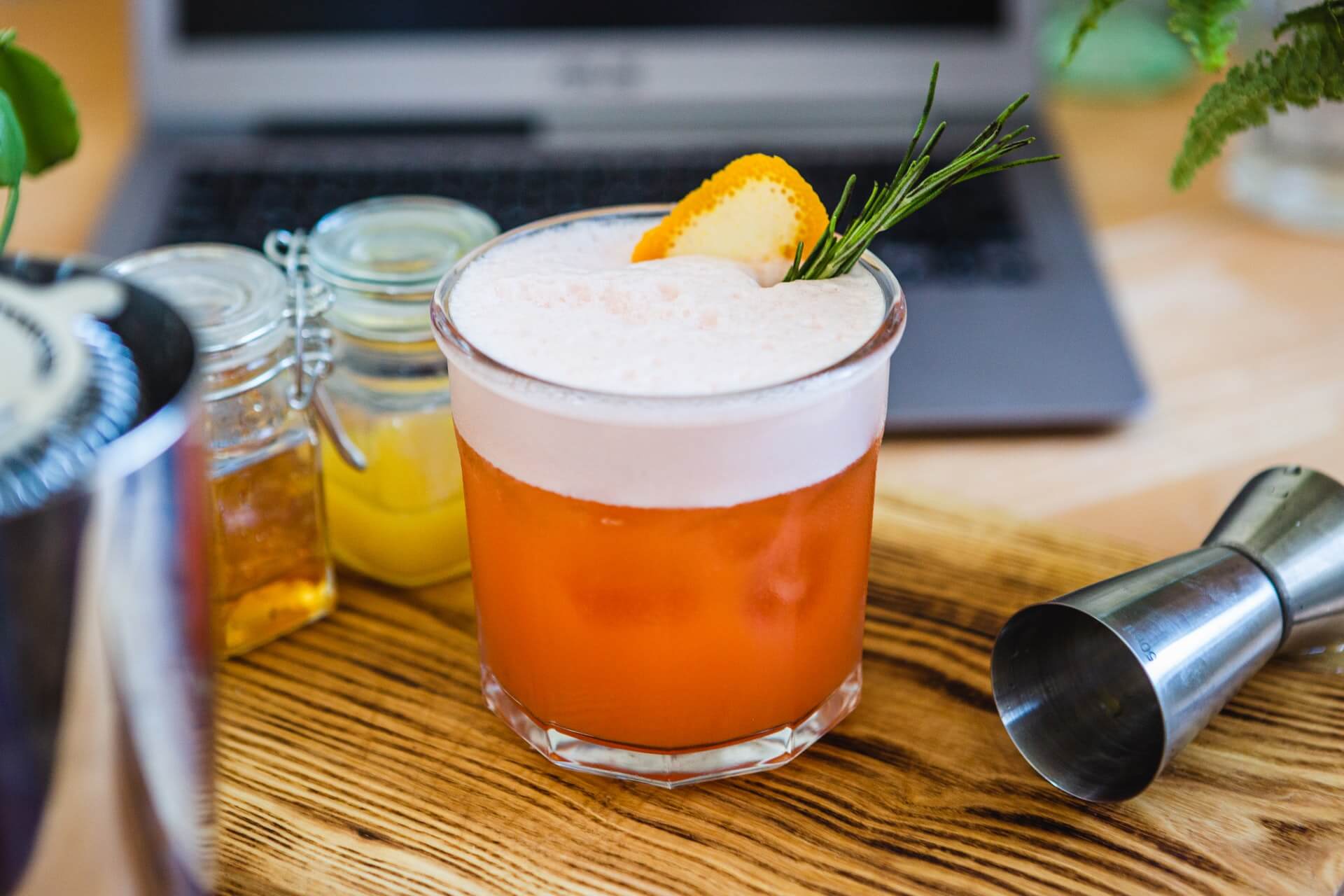
We seem to approaching a semblance of normalcy but some consumer behaviors—drinking at home among them—are likely here to stay.
Per Distill Ventures, the living room is the new tasting room.
Consumers are drinking at home, drinking during the day, and prioritizing convenience.
So, will you get creative and meet your customers where they are—their living rooms?
The New Tasting Room
Fresh off their third whisky summit, Distill Ventures believes consumers will seek out more at-home experiences.
This is partly due to some regions around the world locking down. Additionally, consumers know they can partake in experiential guests at home.
Consider what some brands are putting together to engage with people at their homes:
- Cynar: CynArts & Crafts, Paint by Numbers Virtual Party, complete with brushes and paints sent to participants.
- Campari: Decoding the Science of Bitter, including a PTC strip sent to participants to gauge their bitter response.
- Espolòn Tequila: Virtual Espolotería, an online bingo-style game.
Distill Ventures and the panelists of their third summit see people’s living rooms as a viable place to engage consumers.
While the latest summit focuses specifically on whisky distillers, brand marketers and retailers, the findings are transferrable.
Don’t Be Left Out
If consumers are going to engage more with brands at home, operators must meet them in their living rooms. That means going beyond offering standard delivery.
Obviously, operators need to attract guests to their brick-and-mortar locations. And pent-up demand for in-person experiences is set to explode.
However, that initial explosion in traffic will eventually taper off, and more quickly than we think. That gradual slow-down will make digital engagement crucial.
This industry requires adaptability and agility to survive and thrive. Operators and their teams will need to focus on social, YouTube and webinar-style engagement to engage with current and new customers.
Bar team members who want to participate can share recipes and techniques via live videos. Of course, kitchen team members can do the same.
Scheduling digital events—guided tastings and cooking classes—can also draw customers. Operators should just make sure they don’t give too much away to their audience so they’ll feel compelled to visit in person as often as they can.
Succeeding with these events opens the door to potentially lucrative collaborations. Operators should reach out to brand partners for branded, themed events.
With enough lead time, packages can be put together and delivered with partner help. Of course, in “help” in this context means “dollars and/or product.”
You’ll never know what support your partners are willing to provide if you don’t ask.
Image: Boozy Events on Unsplash



